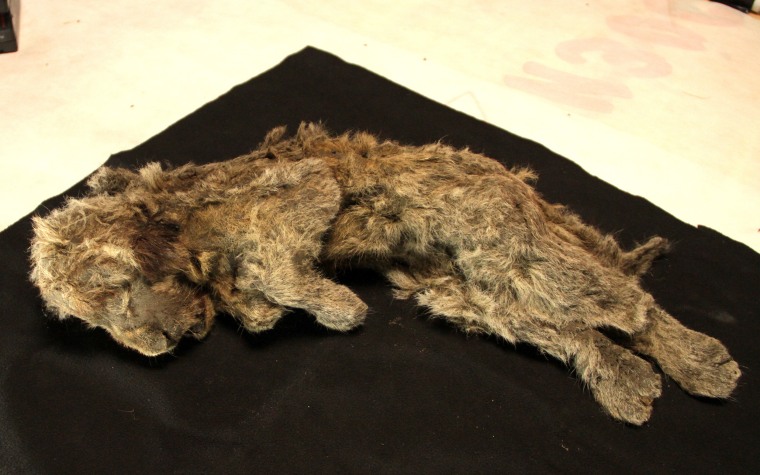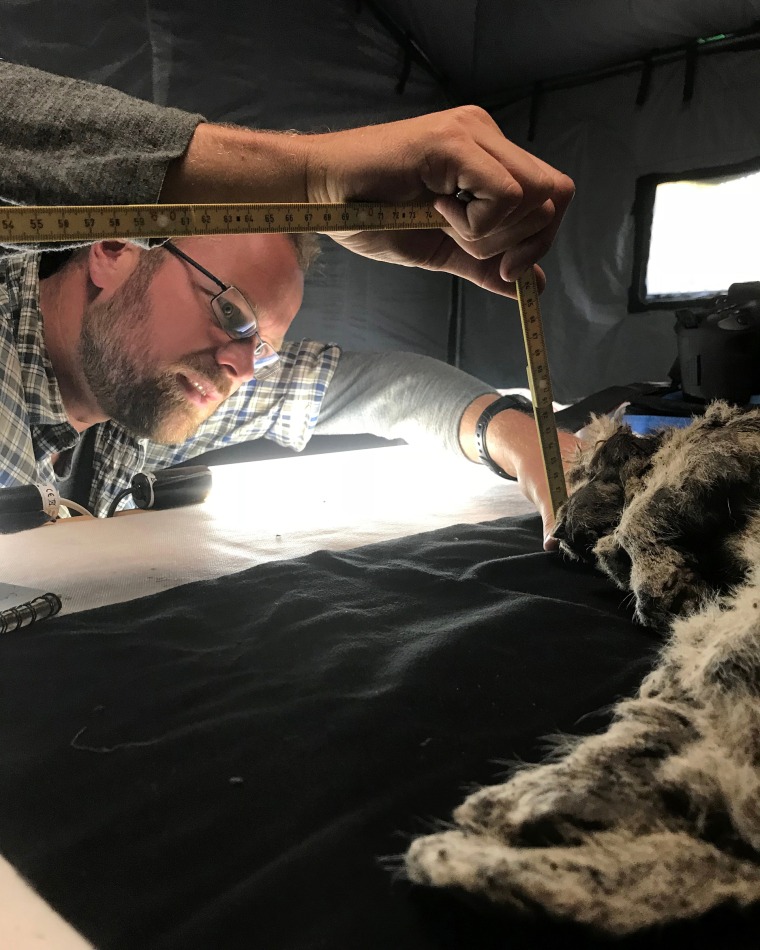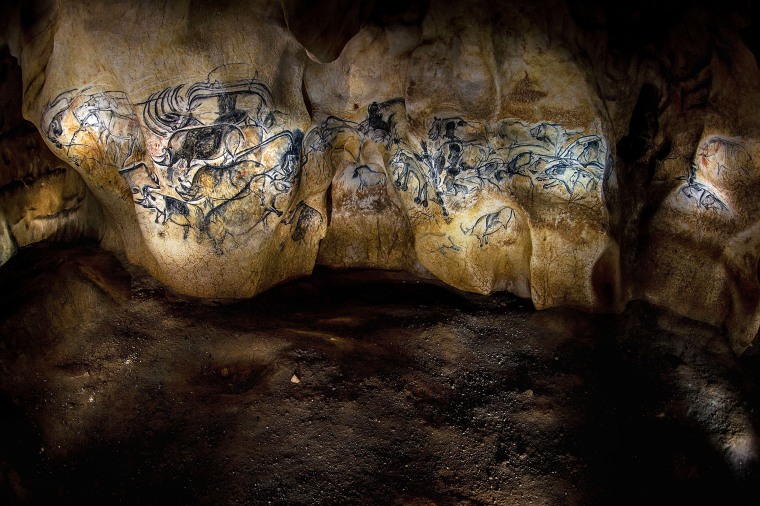A team of international scientists say they have identified a pair of extinct Ice Age lions that are among the best preserved specimens ever found.
The scientists believe that the cave lion cubs, named Boris and Sparta, briefly roamed the steppe of what is now eastern Russia tens of thousands of years ago.
Cave lions, or panthera spelaea, once lived across much of Eurasia before going extinct around 10,000 years ago.

These Ice Age big cats, though closely related, were larger than their African lion relatives that still exist today.
The two cave lion cubs are believed to have been about a month or two old when they died — already the size of a full-grown house cat — but carbon dating showed that they were mummified, likely in mud, at roughly the same location thousands of years apart.
Boris, the less intact cub, is estimated to be around 43,448 years old and Sparta, the more intact cub 27,962 years old, according to the study published in the journal Quatenary.

Stockholm University's Centre for Palaeogenetics, which is the academic home of Love Dalén, a member of the research team, tweeted that Sparta "is arguably the best-preserved #iceage animal ever found!"
In an email to NBC News, Dalén said that as far as he knows "there have been four such cubs found ever."
"However, what makes this find unique is Sparta, the female cub. To my knowledge, this is the best preserved frozen specimen from the last Ice Age ever found. Sparta is in near-perfect condition," Dalén said.
Cave lions and early humans coexisted.
The Chauvet cave in France, whose discovery in 1994 upended the timeline of human artistic achievement, features one wall covered with images of cave lions, with different color patterns than African lions today.
The researchers note that the French cave contains "half of all cave lions Palaeolithic paintings known to date."

Cave lions are believed to have had less pronounced manes, and the difference in color patterns between the juveniles and adults gave the researchers insight into how the animal's fur pattern might have changed from youth to adulthood.
"Prehistoric people either only depicted female cave lions, or the cave lion males lacked mane," Dalén said in the email. "This is something we still don’t know. I guess we need to find a frozen adult male cave lion to figure that out."
"It is still unknown exactly how cave lions adapted to life in the harsh conditions of the high latitudes with their rapid season periodicity, strong winds, and cold and long winters with associated continuous nights," researchers wrote.
The paper says there are some clues, finding that the cubs' fur was similar but not identical to that of the African lion currently in existence.
"Cave lion fur also has a long thick fur undercoat consisting of strombuliform aeriferous fur hair. It covers the body of a cave lion cub evenly and most likely helped cave lion cubs adapt to the cold climate"
Boris and Sparta were found along the River Senyalyakh in the Yakutia region of Siberia, Russia.
Researchers couldn't say how they died for sure, since many cubs die young from a variety of threats, but found that "death by predation of the cave lion cubs seems unlikely."
The scientists conclude that the large number of well-preserved cave lion cubs found in this region of Russia "suggests that this area during the Karginian interstadial (when the climate was becoming relatively warm and tree vegetation was spreading) was a favourable breeding site for cave lions."
"It also seems probable that this site, during this time period, had some characteristics that made it more likely to rapidly freeze and preserve animals. The site was attractive to cave lions for making dens, but it was probably also susceptible to them collapsing."
